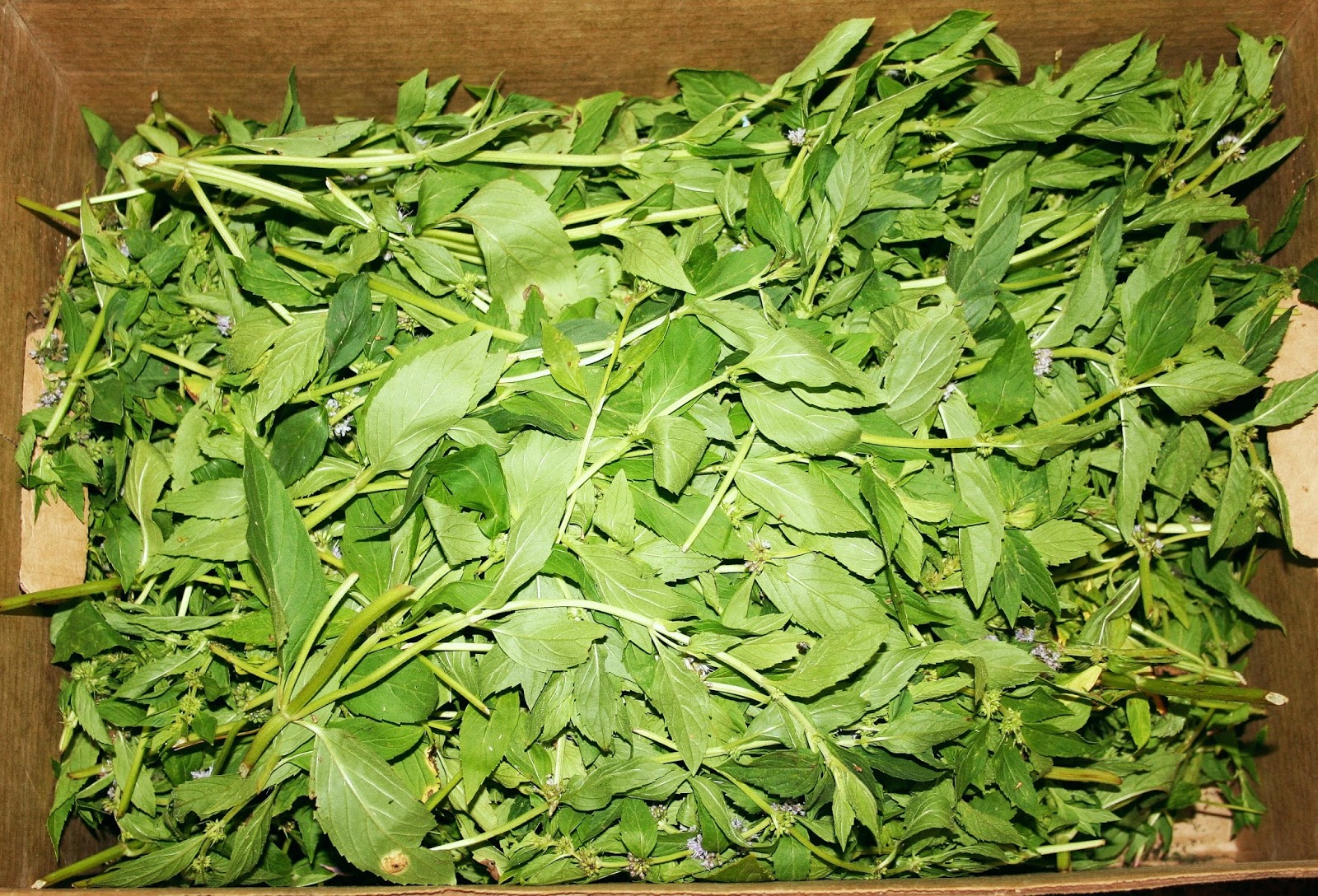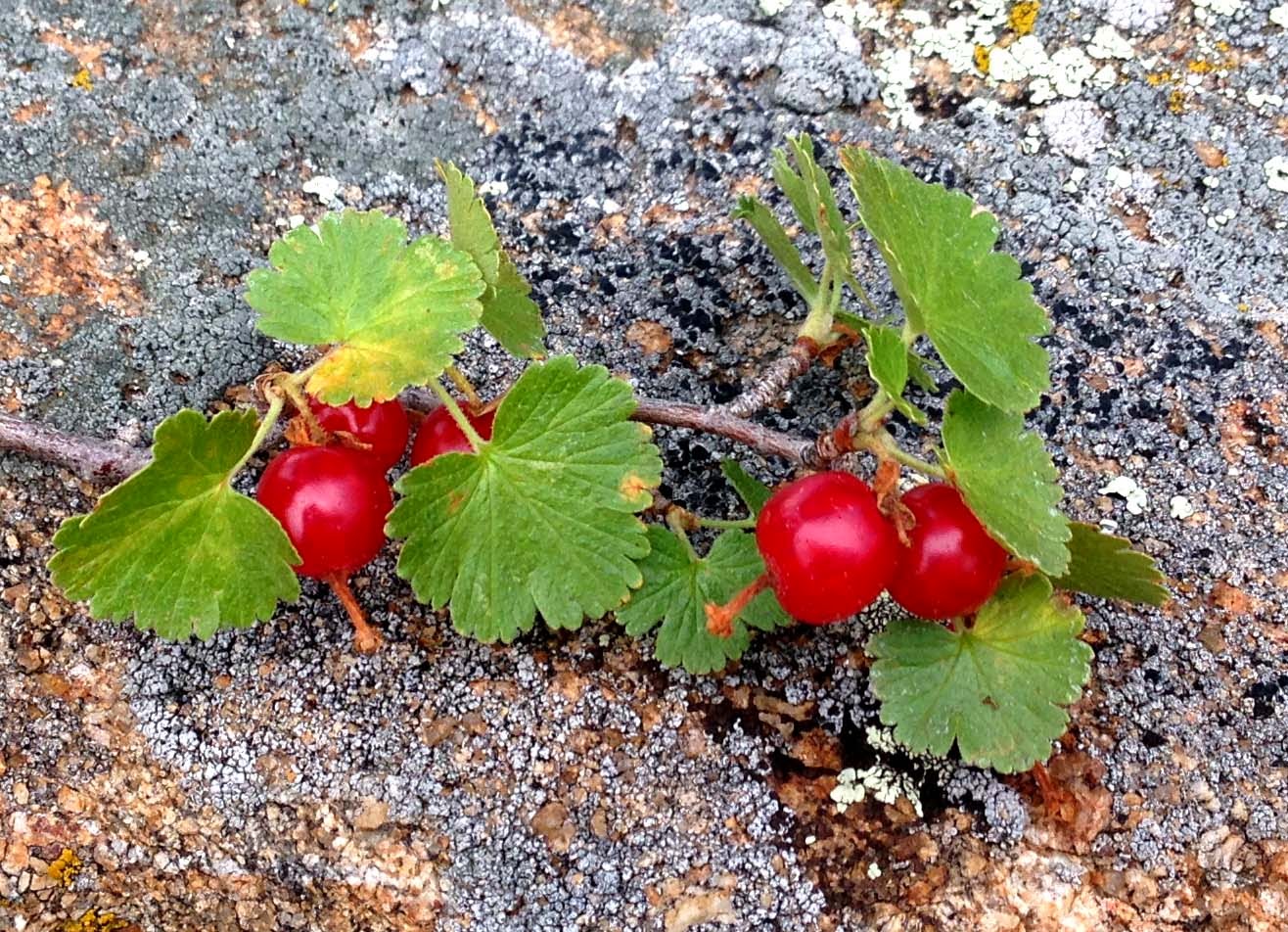Venture into the heart of Wyoming’s wilderness and uncover the hidden culinary gems that nature offers. Edible plants in Wyoming provide a unique opportunity to connect with the land and nourish your body with the bounty of the earth. From succulent berries to flavorful roots, Wyoming’s diverse flora offers a wide array of edible delights, waiting to be explored.
Join us on a journey through Wyoming’s edible plant kingdom, where we delve into their nutritional value, traditional uses, and the ethical guidelines that ensure their preservation. Whether you’re a seasoned forager or simply curious about the edible wonders that surround you, this guide will empower you to identify, harvest, and savor the edible treasures of Wyoming.
Common Edible Plants in Wyoming

Wyoming’s diverse landscapes harbor an array of edible plants, providing sustenance to wildlife and opportunities for human foraging. These plants range from berries and greens to roots and seeds, offering a variety of flavors and nutritional benefits.
Among the many edible plants found in Wyoming, the yellow tiger lily plant stands out. Its edible bulbs, rich in starch, have been a valuable food source for Native Americans for centuries. This versatile plant is also used for medicinal purposes, with its roots and leaves containing compounds that exhibit anti-inflammatory and antimicrobial properties.
Despite its culinary and medicinal significance, it’s important to note that the yellow tiger lily plant is toxic to cats, causing severe gastrointestinal distress. Therefore, caution should be exercised when handling or consuming this plant around feline companions.
Identifying edible plants requires careful observation and knowledge of their habitats and characteristics. Here’s a comprehensive list of commonly found edible plants in Wyoming, along with their scientific names, habitats, and seasons of availability:
Edible Plants of Wyoming
| Plant Name | Scientific Name | Habitat | Season of Availability |
|---|---|---|---|
| Prickly Pear Cactus | Opuntia polyacantha | Dry, rocky slopes | Summer |
| Chokecherry | Prunus virginiana | Moist woodlands, riverbanks | Summer, fall |
| Saskatoon Berry | Amelanchier alnifolia | Open woodlands, meadows | Summer |
| Wild Strawberry | Fragaria virginiana | Meadows, open forests | Summer |
| Wild Raspberry | Rubus idaeus | Moist forests, thickets | Summer |
| Buffalo Berry | Shepherdia argentea | Sandy soils, riverbanks | Fall, winter |
| Dandelion | Taraxacum officinale | Lawns, fields | Spring, summer |
| Lamb’s Quarters | Chenopodium album | Disturbed areas, wastelands | Summer, fall |
| Purslane | Portulaca oleracea | Gardens, fields | Summer, fall |
Nutritional Value and Uses of Edible Plants: Edible Plants In Wyoming

Edible plants in Wyoming offer an abundance of nutritional benefits, contributing to a balanced diet. They are rich in vitamins, minerals, antioxidants, and fiber, essential for overall health and well-being.
Traditionally, these plants were a vital source of sustenance for Native American tribes, providing nourishment and medicinal properties. Today, they continue to be incorporated into modern cuisine, adding unique flavors and health benefits to dishes.
Culinary Uses
Edible plants in Wyoming are versatile ingredients in various culinary preparations. They can be consumed raw, cooked, dried, or preserved for future use. Here are some examples:
- Prickly Pear Cactus: The pads and fruits of this cactus are edible, offering a sweet and tart flavor. The pads can be grilled or roasted, while the fruits can be eaten fresh or made into jams and jellies.
- Chokecherry: The tart berries of the chokecherry tree are commonly used to make jams, jellies, and syrups. They are also a good source of vitamin C and antioxidants.
- Wild Rose: The petals of wild roses can be used to make teas, jellies, and other sweet treats. They are a rich source of vitamin C and have anti-inflammatory properties.
Medicinal Uses
Beyond their culinary value, edible plants in Wyoming have also been traditionally used for medicinal purposes. Native Americans utilized these plants to treat various ailments, including wounds, infections, and digestive issues.
- Yarrow: This plant has antibacterial and anti-inflammatory properties. It was traditionally used to treat wounds and stop bleeding.
- Echinacea: Echinacea is known for its immune-boosting properties. It is often used to prevent and treat colds and flu.
- Sagebrush: Sagebrush has been used to treat digestive problems, such as indigestion and diarrhea. It also has antimicrobial properties.
Cultural Significance
Edible plants in Wyoming hold cultural significance for Native American tribes. These plants were an integral part of their diet and played a role in traditional ceremonies and rituals. For instance, chokecherries were used to make pemmican, a staple food for many tribes.
Foraging Safety and Ethical Guidelines
Responsible foraging practices are crucial to preserve Wyoming’s delicate ecosystems. Accurately identifying edible plants and respecting plant populations ensures the sustainability of these resources for future generations.
Before embarking on a foraging expedition, familiarize yourself with the local flora and consult reliable field guides or expert resources. Carefully observe plant characteristics, including leaves, stems, flowers, and fruits, to avoid poisonous lookalikes.
Plant Identification, Edible plants in wyoming
- Consult field guides and consult experts for accurate plant identification.
- Study plant morphology, including leaves, stems, flowers, and fruits.
- Use multiple identification methods, such as cross-referencing with different sources.
Ethical Considerations
Respecting plant populations is essential for ethical foraging. Harvest only a small portion of each plant, leaving enough for regeneration and wildlife consumption.
- Harvest only what you need and avoid over-collecting.
- Avoid disturbing the root system of plants.
- Minimize environmental impact by staying on designated trails and avoiding sensitive areas.
Wyoming is home to a variety of edible plants, including the correa dusky bells plant . This plant is native to Australia and has been introduced to other parts of the world, including Wyoming. The correa dusky bells plant is a small, evergreen shrub that produces edible flowers and berries.
The flowers are bell-shaped and are a deep pink color. The berries are small and round, and they are a dark purple color. Both the flowers and the berries of the correa dusky bells plant are edible and can be eaten fresh or cooked.
The flowers have a sweet taste, and the berries have a tart taste. The correa dusky bells plant is a valuable addition to any edible landscape.
Among the vast expanse of Wyoming’s landscape, edible plants thrive in abundance. From succulent prickly pear cactus to nutrient-rich chokecherries, these natural treasures provide sustenance to both humans and wildlife. In the bustling metropolis of Plant City, Florida, a unique destination known as Tire Kingdom offers an immersive experience into the world of horticulture.
While their primary focus lies in automotive services, their sprawling property also houses an extensive nursery, showcasing a diverse array of edible plants. Back in the rugged terrain of Wyoming, the search for edible delights continues, with hidden gems like wild asparagus and morel mushrooms waiting to be discovered.